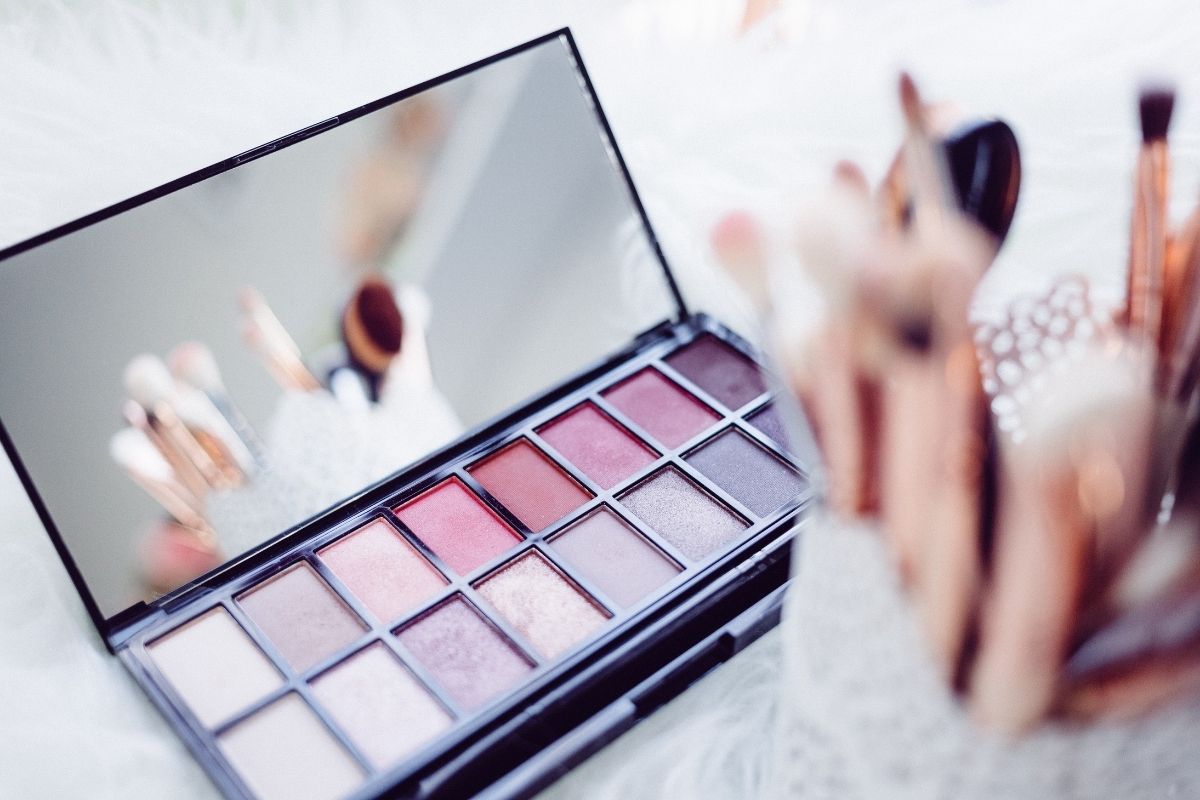What Is Beauty Marketing?: Customer Relationship Management
This article will discuss two aspects of the marketing process: analyzing sales over time and collecting feedback. These details are crucial since you want to know whether your product is a success or not.
Because you’re continuously attempting to improve your customer service, gathering feedback is critical. When it comes to client connection building, the first thing to remember is to make sure you’re offering customers what we call “perceived value” in marketing, which is an essential concept.
Perceived value relates to a customer’s internal assessment of whether a product is worth the price you’re asking. This value is in terms of both money and the time and effort it takes to obtain it. As a result, you’re continually striving to make sure you’re in sync with your customers’ perceptions of value. It would be best if you also kept in mind that customers sometimes misjudge value and cost.
Consider how a rare ingredient for a scent or a special pigment for a cosmetic will significantly increase the price of your product. If your customer doesn’t value the unique ingredient, you’re not going to pay for it because it doesn’t match their perceived value. This area is where you should get input regularly.
You must ensure that your assessment of your proposition’s value correlates to the customer’s sense of value. You’ll do this because you want to build long-term connections with your customers. The main objective of marketing is to increase consumer loyalty. You strive to gain and build long-term relationships with your customers.
Repeat customers are more likely to generate more profits for your business. The 80/20 rule in marketing suggests that 20% of your clients account for 80% of your profits, which is a significant amount of money. You should make a considerable effort to cultivate long-term customers.
To do so, you must first figure out what their needs and wants are. A customer’s need is something they can’t live without. Customers crave or desire something based on their personality, culture, or society. Marketers of beauty products and fragrances tend to focus on wants rather than needs. To establish a devoted customer base, you’ll need to concentrate on this topic.
Attracting customers and keeping customers are two separate matters. Customer relationship management (CRM) is how businesses tackle this critical issue of customer relationships. CRM encapsulates the marketing process. It’s the method of establishing and keeping profitable customer relationships by providing superior value and satisfaction to all of your customers.


